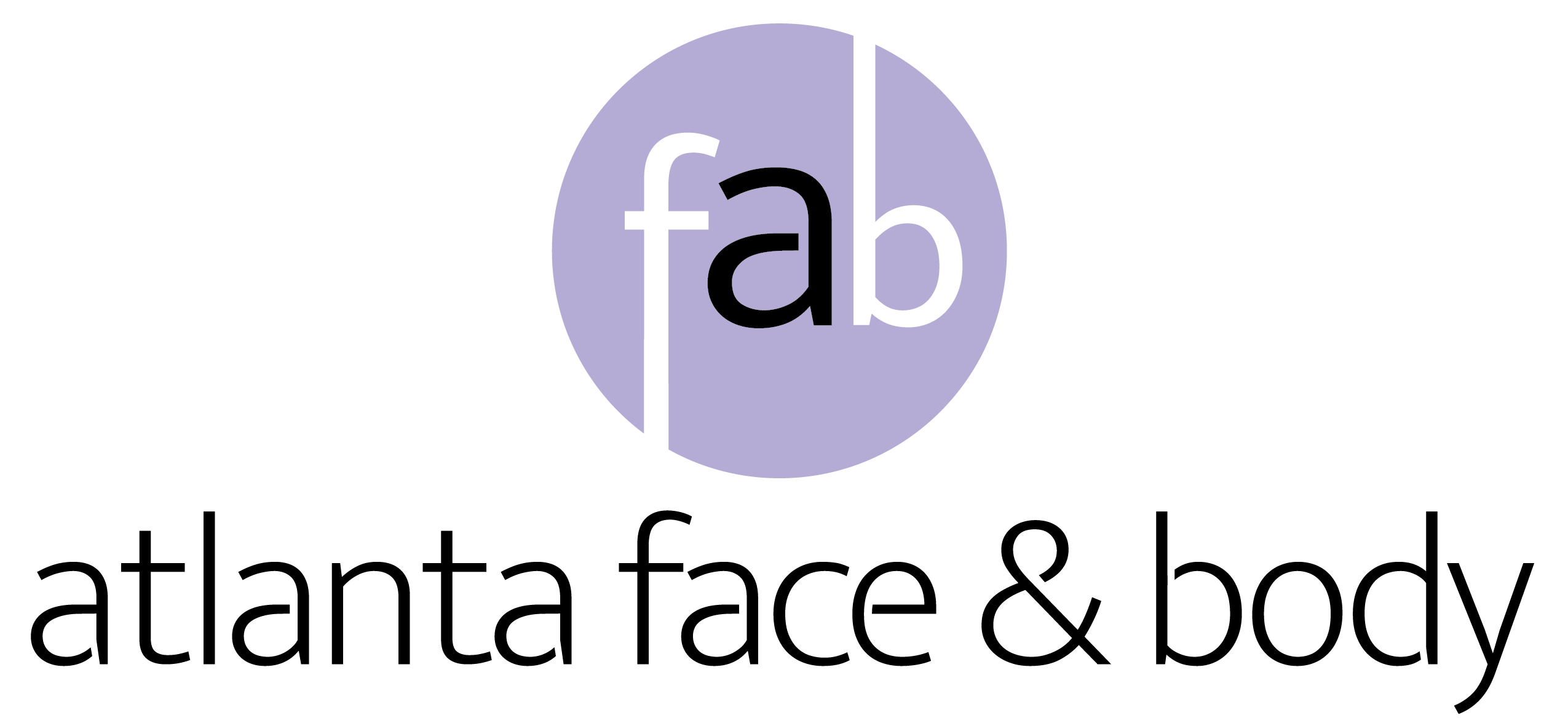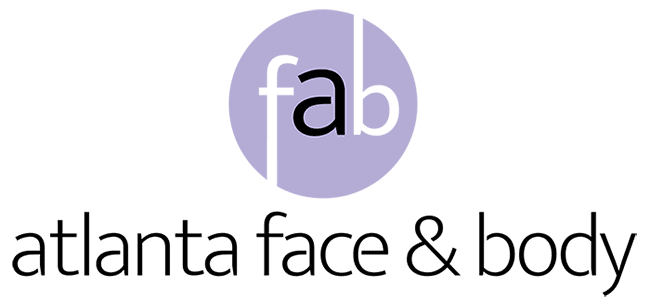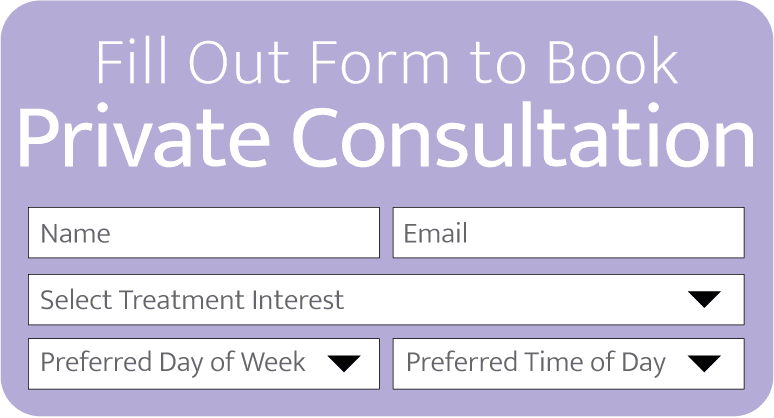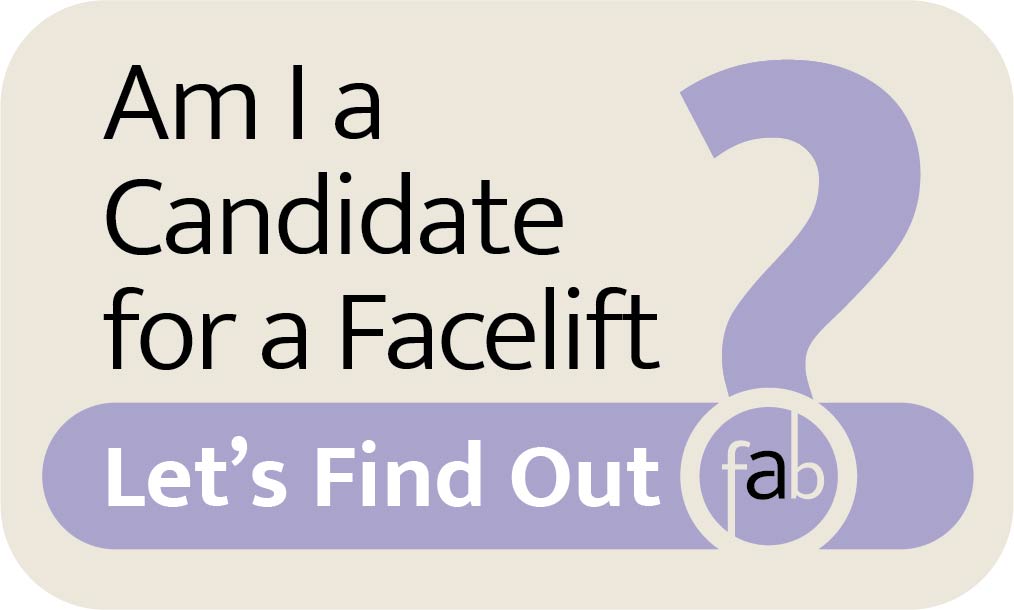In 2021, the last available data, the prevalence of cosmetic face procedures had increased by 54% over the previous year. It’s clear that getting cosmetic surgical procedures is becoming more acceptable over time. Are you thinking about changing up your look?
There are so many options, but one of the most popular ones is a cheek lift.
But what is a cheek lift? What is it for, and what should you know about it before you get one? Let’s talk about it.
Read on to learn all about cheek lift procedures.
Understanding Cheek Lift Surgery
Cheek lift surgery, also known as a mid-face lift, is a procedure that helps improve the appearance of sagging or drooping cheeks.
The goal of a cheek lift surgery is to give your face a more youthful and smooth look. It can help restore volume to your cheeks, smooth out wrinkles, and enhance facial contours.
While there are many different types of facial aesthetic procedures to choose from, cheek lifts are great for anyone who feels most insecure about the mid-face region.
Cheek lift results can look quite subtle and natural, but still effective.
Benefits of a Cheek Lift Surgery
So why do people get cheek lift surgeries? Are they worth the money and effort? Here are a few things that a cheek lift surgery can do for you.
A Youthful Appearance
Cheek lift surgery effectively lifts and tightens the sagging tissue in the cheeks, making the patient’s face seem more youthful and smooth. It can address signs of aging such as drooping cheeks, hollowing, and deep nasolabial folds. While nasolabial folds aren’t always the result of aging, they do make faces appear older.
Cheek lifts may also help stimulate collagen production. This will promote better skin elasticity and firmness. This helps the skin maintain its youthful qualities over time.
A cheek lift procedure can also smooth out wrinkles and fine lines, such as marionette lines and smile lines. Again, this will make the face look younger, especially if you combine this procedure with other skin-smoothing procedures and a good skincare routine.
In short, if you’re looking for beauty procedures that can help you look younger, a cheek lift is a good option.
A “Sculpted” Face
Many people desire a more “sculpted” look, and with a cheek lift, you can get one.
By lifting the cheeks, a cheek lift surgery can improve the definition and contours of the mid-face, creating a more sculpted and balanced facial profile. Of course, your natural facial structure will impact your results (people with larger and more pronounced cheekbones may have more “sculpture-like” results).
This is something you should discuss with your surgeon during your consultation.
Long-Lasting Results
There’s no such thing as a permanent anti-aging solution. After all, time will continue pushing forward and the aging process will continue.
However, the results of a cheek lift procedure are long-lasting. You’ll continue seeing noticeable improvements to your face for years to come and the enhanced collagen production will help you look younger.
It doesn’t stop aging, but it may improve how you visibly age.
Boosted Self-Confidence
At the end of the day, the best benefit of getting cheek lift surgery is the self-confidence boost that it can give you. You deserve to feel good about your appearance, and if a cheek lift can help you with that, why not get one?
Better self-confidence can lead to an overall better quality of life, improved relationships, and more. It’s not vain to want to feel good enough yourself. You can modify your face and body to make yourself happier.
Who Is a Candidate for Cheek Lift Surgery?
So who is a good candidate for cheek lift surgery anyway?
Cheek lift surgery can be a good option for individuals who are looking to address signs of aging in their mid-face region. We’ll go over some general factors that may make someone a good candidate for cheek lift surgery, but you’ll learn more about whether or not you’re a good candidate during your consultation.
First, patients should have sagging cheeks and/or a loss of facial volume. People who have firm and full cheeks won’t benefit from a cheek lift surgery, but if they’re unhappy with their appearance, they may want to consider one of many other aesthetic procedures instead.
Candidates for cheek lift surgery should be in good overall health to undergo the procedure. It is important to mention any pre-existing medical conditions or medications to the surgeon during your consultation.
Good candidates for cheek lift surgery also have to have realistic expectations about the outcome. While the procedure can provide significant improvements, it cannot halt the natural aging process. Patients with realistic expectations will be happier with the results.
Your Cheek Lift Surgery Consultation
During a cheek lift consultation, you will meet with a plastic surgeon who will discuss your goals and get a face evaluation.
The surgeon will ask you about the specific concerns you have with your cheeks, as well as the results you hope to achieve. It’s important that you’re honest and clear about your expectations so the surgeon can help you get the best results.
They will then examine your face, paying attention to your mid-face area. They may take measurements and photographs to assess your facial structure. This helps them determine the right approach for your cheek lift surgery.
Your surgeon will about your medical history, including any pre-existing conditions, previous surgeries, and current medications. It’s important to provide accurate information to ensure your safety during the procedure.
They’ll go on to explain the cheek lift procedure, including the techniques involved, anesthesia options, and potential risks (we’ll discuss those later). They will also discuss the recovery process and any limitations or precautions you need to follow.
During the consultation, you should ask questions. If you have questions or concerns, write them down beforehand so you don’t forget. There are no “stupid” questions, so never be afraid to ask!
Preparing for Your Cheek Lift Surgery
So how do you prepare for a cheek lift surgery?
Your surgeon will provide specific instructions to prepare for your procedure. These instructions may include avoiding certain medications, quitting smoking (if applicable), and fasting before the procedure. Even if the instructions are difficult to follow, it’s in your best interest to do so.
Plan for someone to accompany you to the surgery and help you during the recovery period. Depending on the type of sedation the surgeon uses, you may not be able to do much on your own after the procedure. You’ll need help, at least for the rest of the day.
Create a comfortable recovery space at home with pillows, soft foods, and any necessary medications. Make sure you have enough time off of work or school for proper rest. Remember that you’ll feel sore and swollen for a while.
On the day of the appointment, try to arrive early. This will ensure that you get everything done before the procedure (like paperwork) and it may help you with any pre-surgical jitters or anxiety. You don’t want the added anxiety of almost being late for your cheek lift!
What to Expect from the Cheek Lift Procedure
Let’s talk about what the actual procedure will look like. Note that not everyone will have an identical experience, so we’ll give you a general idea of what happens on the day of a cheek lift surgery.
Before the procedure, you’ll be given some type of anesthesia to ensure you don’t feel any pain. There are different types of anesthesia, such as general anesthesia (which puts you to sleep) or local anesthesia (which numbs the area being treated, usually administered through a needle).
You may or may not be given full sedation depending on your preferences and the preferences of your surgeon.
The surgeon will make small incisions near your hairline or inside your mouth. These incisions are placed in such a way that they hide any visible scars.
Through the incisions, the surgeon will lift and reposition the tissue in your mid-face area. This helps restore a more youthful appearance.
When the surgeon has finished adjusting the tissue in your cheeks, they’ll close the incisions using dissolvable stitches or sutures. Sometimes surgeons use tiny metal clips to hold the tissues in place as well.
After the procedure, you’ll be taken to a recovery area for post-procedure monitoring. As the sedation and numbing wear off, you may start to experience some discomfort.
Cheek Lift Recovery and Aftercare
So what happens after your cheek lift procedure? Everyone’s experience will be different, but here’s a quick rundown of what you can expect.
As we mentioned, after the surgery you will spend some time in a recovery area where healthcare professionals will monitor your condition. Your face may feel swollen and bruised, and you may experience some pain and discomfort. If the discomfort is intense, please talk to a medical professional who is monitoring you so they can check for any potential problems.
Your surgeon may prescribe antibiotics to prevent infection and pain medications to manage your discomfort and swelling. Follow their instructions and take the medications as prescribed. They may also recommend some over-the-counter options.
Make sure that you’re giving yourself time to heal after you get home. You should avoid any strenuous activities and you need to make sure you’re getting enough sleep and eating a healthy diet. You should also sleep with your head elevated if possible.
For about the first week or two, you should keep movement to a minimum. You should also avoid direct sunlight and anything touching your face.
You will have follow-up appointments with your surgeon. During those appointments, the surgeon will evaluate your healing progress and discuss your results with you. Note that the final results won’t be visible right away.
Potential Complications and Risks
Cheek lift procedures are usually safe, but it’s important to know about potential risks and complications. Your surgeon should discuss these with you, as well as any risks that you may be more likely to experience due to your health or any medications that you take.
There can be a small chance of getting an infection at the surgical site. Doctors will give you antibiotics and tell you how to reduce this risk. These are uncommon.
It’s normal to have some bleeding, swelling, and bruising after a cheek lift. But if it’s excessive, you should contact your surgeon or your normal doctor. In most cases, it isn’t a cause for concern, but it’s always better to be safe.
In some cases, there may be noticeable scars, especially if you’re prone to keloid or hypertrophic scarring. This is, again, uncommon. Surgeons work hard to make scars small and unnoticable.
There is also a minor chance of nerve damage, though this is also uncommon.
If you have any concerns about potential complications, please speak to your surgeon. They can help you minimize any potential risks so you can have a safe and successful procedure.
Is a Cheek Lift Right for You?
Getting a cheek lift surgery may be right for you if you want to restore volume and shape to your mid-face area. It can give you a smoother and more youthful appearance and it yields long-term results.
Now that you know how to prepare for a cheek lift, what you should expect, and potential complications that could arise, it’s time to talk to a surgeon for a consultation!
Contact Atlanta Face & Body Center for your private consultation. We can’t wait to hear from you!









